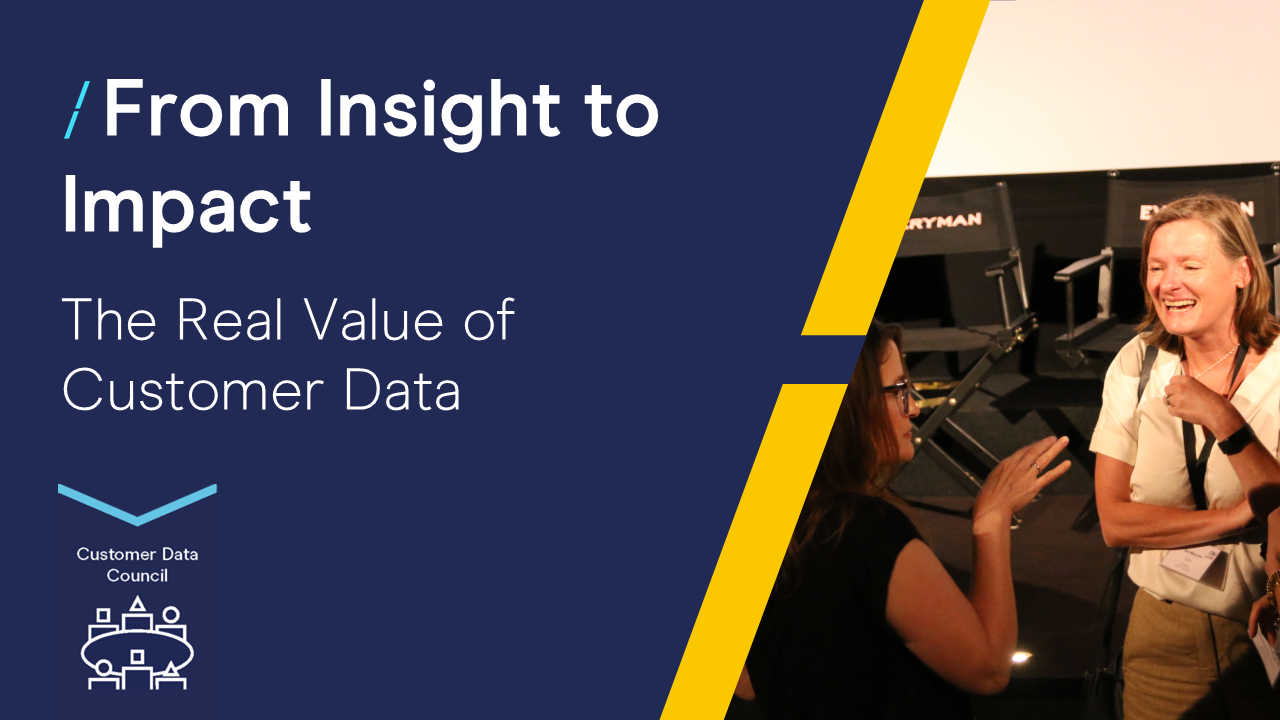The Over-50s: How Do You Measure Invisibility?
30 Nov 2021

Chief Strategy Officer of MullenLowe Group UK, Ayesha Walawalkar, has written a piece in Campaign on the over-50s, and where the advertising industry is going wrong. *Originally posted in CampaignLive.
The over-50s often fall into obscurity, seemingly forgotten by brands. Worse, when they are depicted in ads, it is usually with some hackneyed trope of the elderly. Adland must look beyond the tired metrics of age.
Google the term “Age of invisibility” and you will find it is used to describe people, particularly women, aged 50-plus who are experiencing the uncomfortable sensation of disappearing. As the writer Ayelet Waldman put it: “I have a big personality, and I have a certain level of professional competence, and I’m used to being taken seriously professionally. And, suddenly, it’s like I just vanished from the room. And I have to yell so much louder to be seen.”
Waldman is not alone. In a survey by Mumsnet and Gransnet, 70% of respondents agreed that we become increasingly invisible to others as we get older. The average age, they suggested, at which invisibility occurs is 52 for women and 64 for men. Two out of three felt older women are more invisible than men of the same age.
How do you measure invisibility?
Mumsnet suggests we can track our diminishing visibility by timing how long it takes to get served in a bar (hint: if you’re over 50 and female, it may be quicker to pick up a bottle on the way home).
But another measure is the extent to which we see ourselves reflected in popular culture. The latest Channel 4 Mirror on the Industry research found only 12% of UK ads featured someone over 50 in a leading role.
Similarly, the Geena Davis Institute report of 2020 found 7% of ads entered at Cannes included a character aged 60-plus, and 70% of those characters were male.
Think of a commercial with an older lead character and chances are you recall images of someone frail and lonely who rarely leaves home, or else a silver-haired couple gazing contentedly from the deck of a ship. Chances are the images you recall do not remotely reflect the dynamic, widely differing lives and experiences of the huge, powerful and growing cohort of over-50s in the UK.
Who cares about the 50-plus?
In Britain, average net wealth peaks when we reach 55, and the primary drivers of our economy are the 50-plus cohort who, it is estimated, will contribute 63p of every £1 spent in the country by 2040. And while they are prime targets for cruise holidays and mobility aids, the over-50s are also extremely important consumers of just about everything else.
From FMCG to cars, financial services to streaming platforms, healthcare to fashion, the sheer number of highly engaged consumers aged 50-plus (and the extent of their disposable income) means the behaviours and preferences of this group increasingly influence growth and NPD strategies.
And yet in adland there remains a stubborn blind spot where our understanding of people aged 55-85 should be. Perhaps it’s because there are so very few over-55s in our industry that we see this audience as our grandparents rather than as colleagues and friends (only 4.7% of ad industry employees are aged 55-plus versus a national average of 21%).
Perhaps that’s why we assume people in their 60s and 70s lack technological competence, even though Reed Hastings is 61, James Dyson is 74, and Steve Jobs today would have been 66. Or why we believe sustainability messaging matters most to Gen Z, when purchasing of all things sustainable (from laundry detergents to electric cars) skews heavily towards the over 50s.
Perhaps it’s why, when we feature older women, we depict them (as the Geena Davis Institute puts it) as “frumpy and frail”, instead of focusing, like the designers at COS, on mindsets that cut across age: “We design for a group of people. We don’t differentiate. It’s not about being a man or a woman or being a particular age. Our customers are culturally aware and confident consumers who have a knowledge of what constitutes good design.” (Martin Andersson)
Perhaps our biggest mistake of all is thinking of people aged 55-plus as one homogenous group. The recent “Snowflake” vs “Boomer” culture wars stoked negative stereotyping, but even if we accept the idea that generational cohorts have strong similarities, we should remember that someone aged 50-plus could be a “Gen X”, a “Boomer”, or one of the so-called “Silent generation”, and that being 55 is as different from being 85 as it is from 25.
What can we do?
We need to understand, represent and communicate with this hugely influential group of people 100% better than we currently do. Acknowledging ageism as a deep-rooted and unchallenged prejudice in our industry – and committing to doing something about it – would be a good first step.
But, we can go further than this.
Given the vast spread of age groups included in the over-55s demographic, there is huge value in being able to recognise the attitudes that prevail and tailor our approach to meet the needs and desires of each of these.
This allows us to create campaigns that focus on what makes us human – our beliefs and our way of living life – rather than on reductive metrics, like our age. If we can adopt this approach, not only will we create more effective campaigns, but we will include those people who, up to now, have been made to feel invisible by our industry.


1.png)


Please login to comment.
Comments